The Bible is a foundational text in Western literature, ignored at an aspiring writer’s hazard, and when I was younger I had the ambition to read it cover to cover. After breezing through the early stories and slogging through the religious laws, which were at least of sociological interest, I chose to cut myself some slack with Kings and Chronicles, whose lists of patriarchs and their many sons seemed no more necessary to read than a phonebook. With judicious skimming, I made it to the end of Job. But then came the Psalms, and there my ambition foundered. Although a few of the Psalms are memorable (“The Lord is my shepherd”), in the main they’re incredibly repetitive. Again and again the refrain: Life is challenging but God is good. To enjoy the Psalms, to appreciate the nuances of devotion they register, you had to be a believer. You had to love God, which I didn’t. And so I set the book aside.
Only later, when I came to love birds, did I see that my problem with the Psalms hadn’t simply been my lack of belief. A deeper problem was their genre. From the joy I experience, daily, in seeing the goldfinches in my bird bath, or in hearing an agitated wren behind my back fence, I can imagine the joy that a believer finds in God. Joy can be as strong as Everclear or as mild as Coors Light, but it’s never not joy: a blossoming in the heart, a yes to the world, a yes to being alive in it. And so I would expect to be a person on whom a psalm to birds, a written celebration of their glory, has the same kind of effect that a Biblical psalm has on a believer. Both the psalm-writer and I experience the same joy, after all, and other bird-lovers report being delighted by ornithological lyricism; by books like J. A. Baker’s “The Peregrine.” Many people I respect have urged “The Peregrine” on me. But every time I try to read it, I get mired in Baker’s survey of the landscape in which he studied peregrine falcons. Baker himself acknowledges the impediment—“Detailed descriptions of landscape are tedious”—while offering page after page of tediously detailed description. The book later becomes more readable, as Baker extolls the capabilities of peregrines and tries to understand what it’s like to be one. Even then, though, the main effect of his observations is to make me impatient to be outdoors myself, seeing falcons.
Sometimes I consider it a failing, a mark of writerly competition, that I’d so much rather take private joy in birds, and in nature generally, than read another person’s book about them. But I’m also mindful, as a writer, that we live in a world where nature is rapidly receding from everyday life. There’s an urgent need to interest nonbelievers in nature, to push them toward caring about what’s left of the nonhuman world, and I can’t help suspecting that they share my allergy to hymns of devotion. The power of the Bible, as a text, derives from its stories. If I were an evangelist, going door to door, I’d steer well clear of the Psalms. I would start with the facts as I saw them: God created the universe, we humans sin against His laws, and Jesus was dispatched to redeem us, with momentous consequences. Everyone, believer and nonbeliever alike, enjoys a good story. And so it seems to me that the first rule of evangelical nature writing should be: Tell one.
Almost all nature writing tells some kind of story. A writer ventures out to a lovely local wetland or to a pristine forest, experiences the beauty of it, perceives a difference in the way time passes, feels connected to a deeper history or a larger web of life, continues down the trail, sees an eagle, hears a loon: this is, technically, a narrative. If the writer then breaks a leg or is menaced by a grizzly bear with cubs, it may even turn into an interesting story. More typically, though, the narrative remains little more than a formality, an opportunity for reflection and description. A writer who’s moved to joy by nature, and who hopes to spread the joy to others, understandably wishes to convey the particulars of what incited it.
Unfortunately, no matter how felicitous the descriptions may be, the writer is competing with other media that a reader could be turning to instead, audiovisual media that actually show you the eagle or let you hear the loon. Ever since the advent of color photography and sound recording, lengthy descriptions have become problematic in all genres of writing, and they’re especially problematic for the evangelizing nature writer. To describe a scene of nature well, the writer is hard pressed to avoid terminology that’s foreign to readers who haven’t already witnessed a similar sort of scene. Being a birder, I know what a ruby-crowned kinglet sounds like; if you write that a kinglet is chattering in a willow tree, I can hear the sound clearly. The very words “ruby-crowned kinglet” are pregnant and exciting to me. I will avidly read an unadorned list of the species—black-headed grosbeak, lazuli bunting, blue-gray gnatcatcher—that a friend saw on her morning walk. To me, the list is a narrative in itself. To the unconverted reader, though, the list might as well say: Ira the son of Ikkesh of Tekoa, Abiezer of Anathoth, Mebunnai the Hushathite . . .
If birds are the writer’s focus, there do exist good stories about individual birds (the red-tailed hawks of Central Park) and individual species (the non-stop trans-Pacific flight of bar-tailed godwits), and I can tell, from the new-story links that nonbirding friends are forever forwarding to me, that reports of astonishing avian feats can overcome the public’s indifference to birds, at least momentarily. Whether such stories make converts—and I’ll say it here explicitly: my interest is in making converts—is less clear. The science of birds and their conservation should be interesting to anyone with a modicum of intellectual curiosity, but the world abounds with things to be curious about. The bird-science writer is painfully aware that he or she has only a few hundred words with which to hook a lay reader. One tempting approach to this challenge is to begin in medias res, by a campfire at some picturesque or desolate location, and introduce us to the Researcher. He will have a bushy beard and play the mandolin. Or she will have fallen in love with birds on her grandfather’s farm in Kentucky. He or she will be tough and obsessive, sometimes funny, always admirable. The danger with this approach is that, unless the Researcher emerges as the true subject of the piece, we readers may feel bait-and-switched—invited to believe that we’re reading a story about people, when in fact the story is about a bird. In which case, it’s fair to ask why we bothered getting to know the Researcher in the first place.
The paradox of nature writing is that, to succeed as evangelism, it can’t only be about nature. E. O. Wilson may have been correct in adducing biophilia—a love of nature—as a universal trait in human beings. To judge from the state of the planet, however, it’s a trait all too rarely expressed. What most often activates the trait is its display by people in whom it’s already activated. In my experience, if you ask a group of birders what got them into birds, four out of five of them will mention a parent, a teacher, a close friend, someone they had an intense personal connection with. But the faithful are few, the unpersuaded are many. To reach readers who are wholly wrapped up in their humanness, unawakened to the natural world, it’s not enough for writers to simply display their biophilia. The writing also needs to replicate the intensity of a personal relationship.
One of the forms this intensity can take is rhetorical. Speaking for myself, I’m a lot more likely to read an essay that begins “I hate nature” than one that begins “I love nature.” I would hope, of course, the writer doesn’t really hate nature, at least not entirely. But look at what the initial provocation accomplishes. Although it risks alienating the already persuaded, it opens the door to skeptical readers and establishes a connection with them. If the essay then reveals itself to be an argument for nature, the opening salvo also insures that the writing will be dynamic: will move from a point A to a very different point B. Movement like this is pleasurable to a reader. Fierce attitudes are pleasurable, even in the absence of forward movement. Give me the blistering prose of Joy Williams in “The Killing Game,” a jeremiad against hunters and their culture, or “The Case Against Babies,” as ferocious an anti-birth statement as you’ll ever read, in her perfectly titled collection “Ill Nature.” Indifference, not active hostility, is the greatest threat to the natural world, and whether you consider Williams hilarious or unhinged, heroic or unfair, it’s impossible to be indifferent to her work. Or give me Edward Abbey’s “Desert Solitaire,” an account of his years in the Utah desert, in which he fans a simmering Thoreauvian misanthropy into white-hot fire and wields it against American consumer capitalism. Here again, you may not agree with the writer. You may wrinkle your nose at Abbey’s assumptions about “wilderness,” his unacknowledged privilege as a white American. What can’t be denied is the intensity of his attitude. It sharpens his descriptions of the desert landscape and gives them a forensic purpose, a cutting edge.
A good way to achieve a sense of purpose, strong movement from point A toward point B, is by having an argument to make. The very presence of a piece of writing leads us to expect an argument from it, if only an implicit argument for its existence. And, if the reader isn’t also offered an explicit argument, he or she may assign one to the piece, to fill the void. I confess to having had the curmudgeonly thought, while reading an account of someone’s visit to an exotic place like Borneo, that the conclusion to be drawn from it is that the writer has superior sensitivity to nature or superior luck in getting to go to such a place. This was surely not the intended argument. But avoiding the implication of “Admire me” or “Envy me” requires more attention to one’s tone of written voice than one might guess. Unlike the evangelist who rings doorbells and beatifically declares that he’s been saved, the tonally challenged nature writer can’t see the doors being shut in his face. But the doors are there, and unconverted readers are shutting them.
Often, by making an argument, you can sidestep the tonal problem. An essay collection that’s dear to me, “Tropical Nature,” by Adrian Forsyth and Ken Miyata, begins by serving up a set of facts about tropical rain forests. The facts are seemingly neutral, but they add up to a proposition: the rain forest is more varied, less fertile, less consistently rainy, more insidiously hostile, than the drenched and teeming “jungle” of popular imagination. It’s a very simple proposition. And yet, right away, there’s a case to be made in the ensuing essays—further expectations to be upended, new astonishments to be revealed. Wedded to an argument, the scientific facts speak far more compellingly to the glory of tropical nature than lyrical impressionism, and meanwhile Forsyth and Miyata, as neutral bringers of fact, remain immune to the suspicion of seeking admiration. The premise of Jennifer Ackerman’s best-selling “The Genius of Birds” is likewise simple and sturdy: that “bird-brained” ought to be a compliment, not an insult. Richard Prum’s 2017 book, “The Evolution of Beauty,” reached a wide audience by arguing that Darwin’s theory of sexual selection, which mainstream evolutionary biologists ignored or denigrated for more than a century, can explain all sorts of non-adaptive traits and behaviors in animals. Prum’s book has its flaws—the prose is gluey, and Darwin’s theory was perhaps not quite as forgotten as Prum represents it to have been—but the flaws didn’t matter to me. The theory of sexual selection was an eye-opener, and I learned a lot of cool things about a group of tropical birds, the manakins, that I otherwise might never have known. Such is the power of a compelling argument.
For the nature writer who isn’t a polemicist or a scientist, a third avenue to intensity is to tell a story in which the focus is on nature but the dramatic stakes are emphatically human. An exemplary book in this regard is Kenn Kaufman’s “Kingbird Highway.” Kaufman grew up in suburban Kansas in the nineteen-sixties, became an obsessive birder (nicknamed Kingbird), and conceived the ambition, after he dropped out of high school, of breaking the record for the most American bird species seen in a calendar year. The record is quickly established as the dramatic goal, the protagonist’s coördinating desire. And then, immediately, we’re presented with an impediment: the teen-aged Kaufman has no money. To visit every corner of the country at the right time of year, a birder needs to cover huge distances, and Kaufman decides he’ll need to hitchhike. So now, in addition to a goal and an impediment, we have the promise of a classic road adventure. (It’s important to note that, just as we don’t have to be pedophiles to connect with Humbert’s pursuit of Lolita, we don’t need to care much about birds to be curious about what happens to Kaufman. Strong desire of any kind creates a sympathetic desire in the reader.) As Kaufman makes his way around the country, he’s attentive to the birds, of course, but also to the national mood of the early seventies, the social dynamics of bird-watching, the loss and degradation of natural habitat, the oddball characters along the way. And then the book takes a beautiful turn. As life on the road exacts its toll on the narrator, he feels increasingly lost and lonely. Although seemingly a quest narrative, the book reveals itself to have been, all along, a coming-of-age story. Because we care about the teen-aged Kaufman, we stop wondering if he’ll break the record and start asking more universally relatable questions: What’s going to happen to this young man? Is he going to find his way home? What sets “Kingbird Highway” apart from many other “Big Year” narratives is that it ultimately ceases to matter how many species Kaufman sees in a year. It’s only the birds themselves that matter. They come to feel like the home that he’s been yearning for, the home that will never leave him.
Even if we could know what it’s like to be a bird—and, pace J. A. Baker, I don’t think we ever really will—a bird is a creature of instinct, driven by desires that are the opposite of personal, incapable of ethical ambivalence or regret. For a wild animal, the dramatic stakes consist of survival and reproduction, full stop. This can make for fascinating science, but, absent heavy-duty anthropomorphizing or projection, a wild animal simply doesn’t have the particularity of self, defined by its history and its wishes for the future, on which good storytelling depends. With a wild-animal character, there is only ever a point A: the animal is what it is and was and always will be. For there to be a point B, a destination for a dramatic journey, only a human character will suffice. Narrative nature writing, at its most effective, places a person (often the author, writing in first person) in some kind of unresolved relationship with the natural world, provides the character with unanswered questions or an unattained goal, and then deploys universally shared emotions—hope, anger, longing, frustration, embarrassment, disappointment—to engage a reader in the journey. If the writing succeeds, it does so indirectly. We can’t make a reader care about nature. All we can do is tell strong stories of people who do care, and hope that the caring is contagious.
This is drawn from “Spark Birds.”
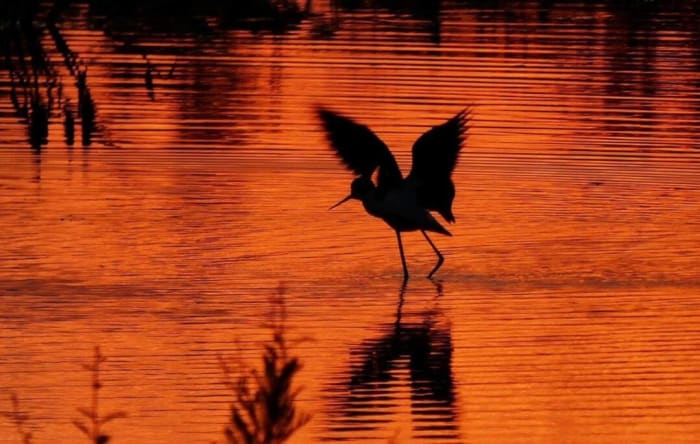
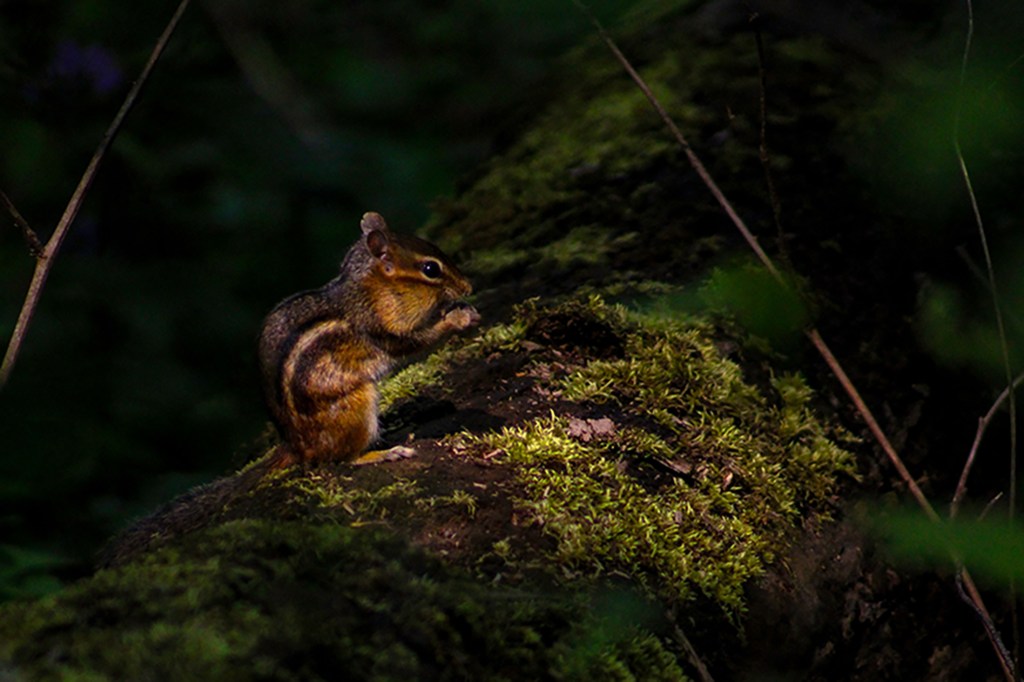




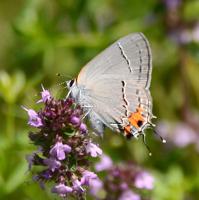
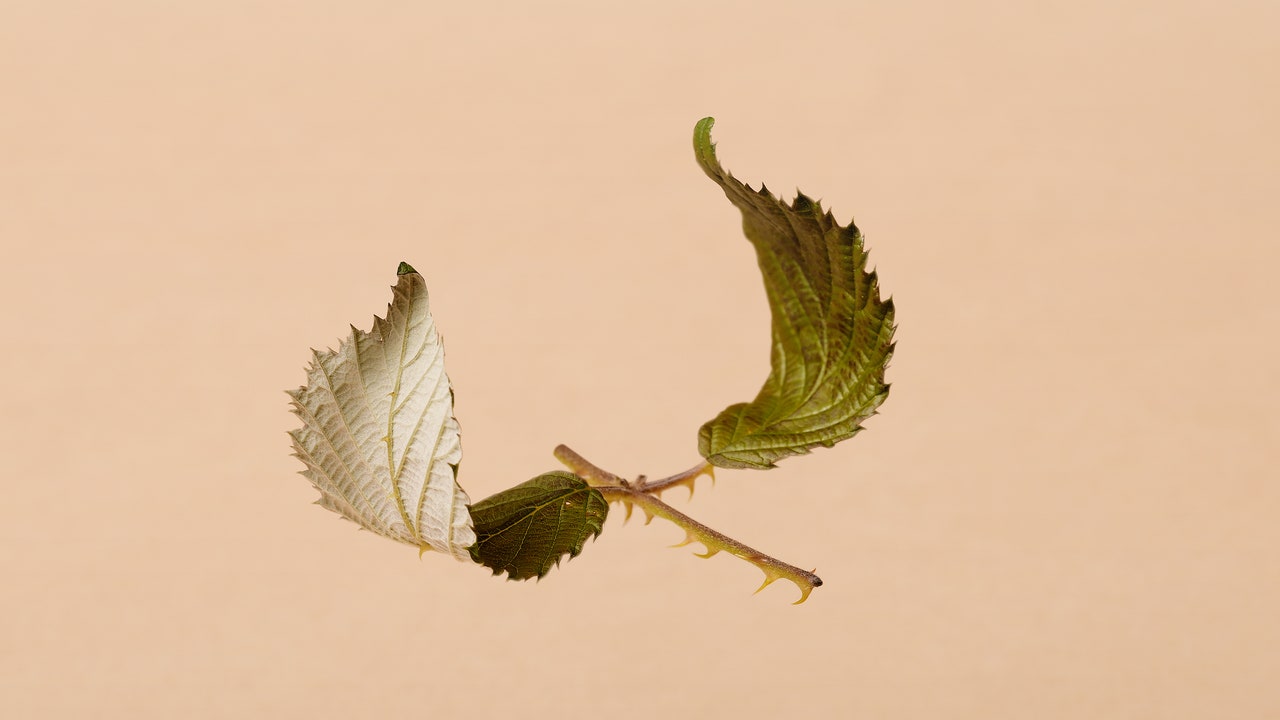
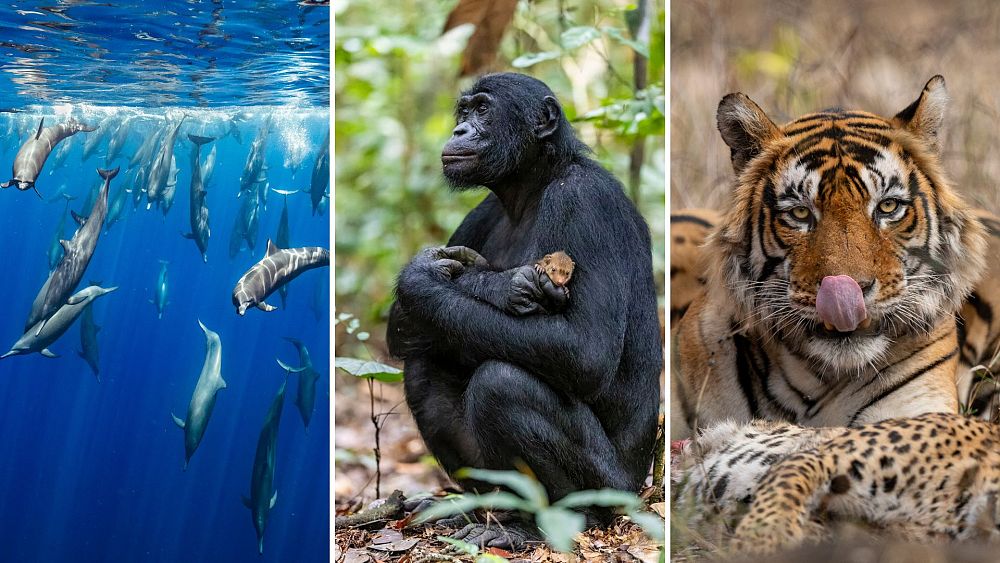
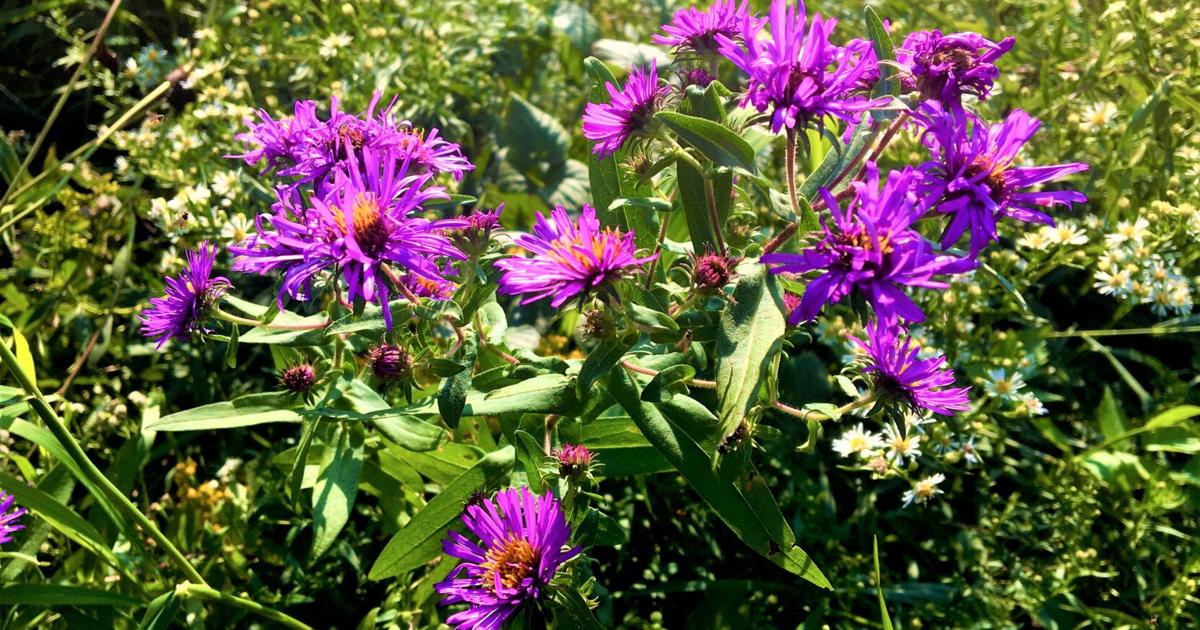







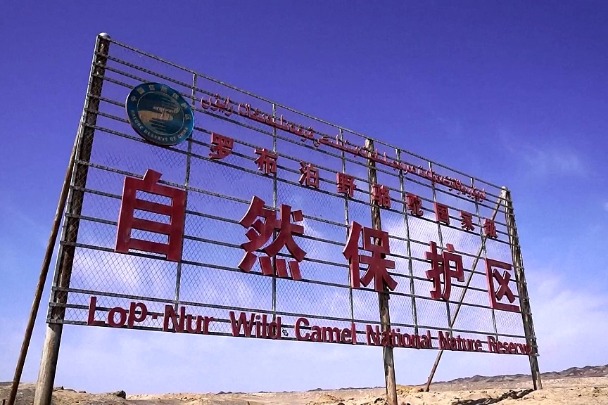

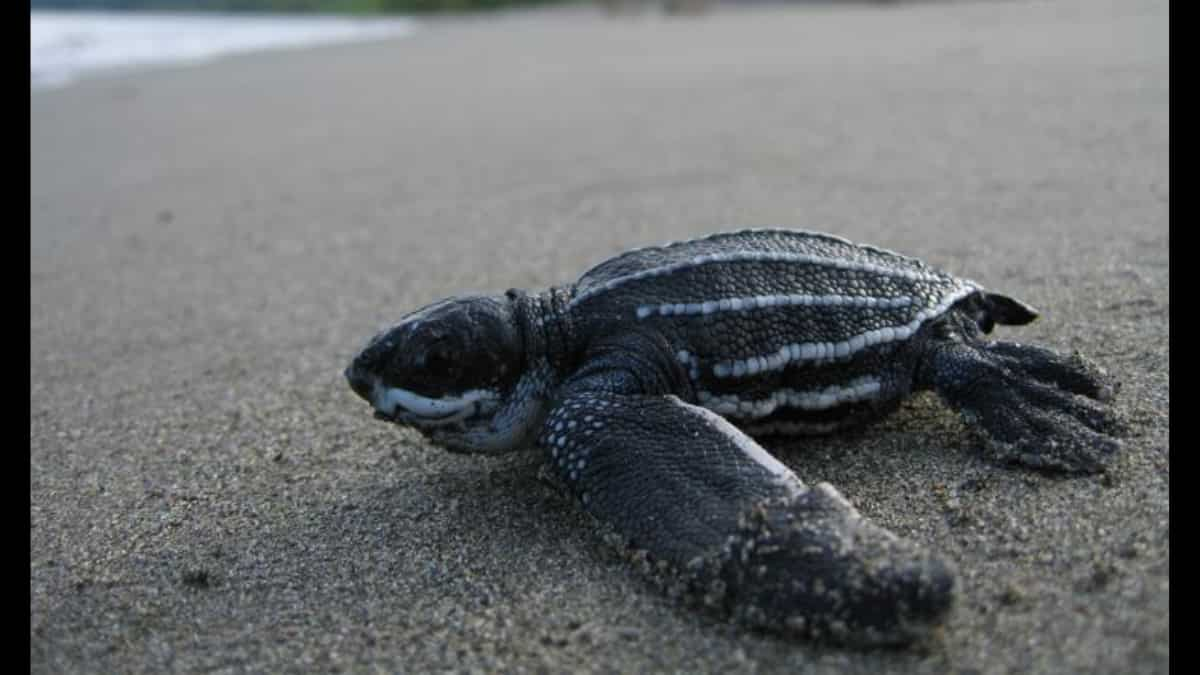
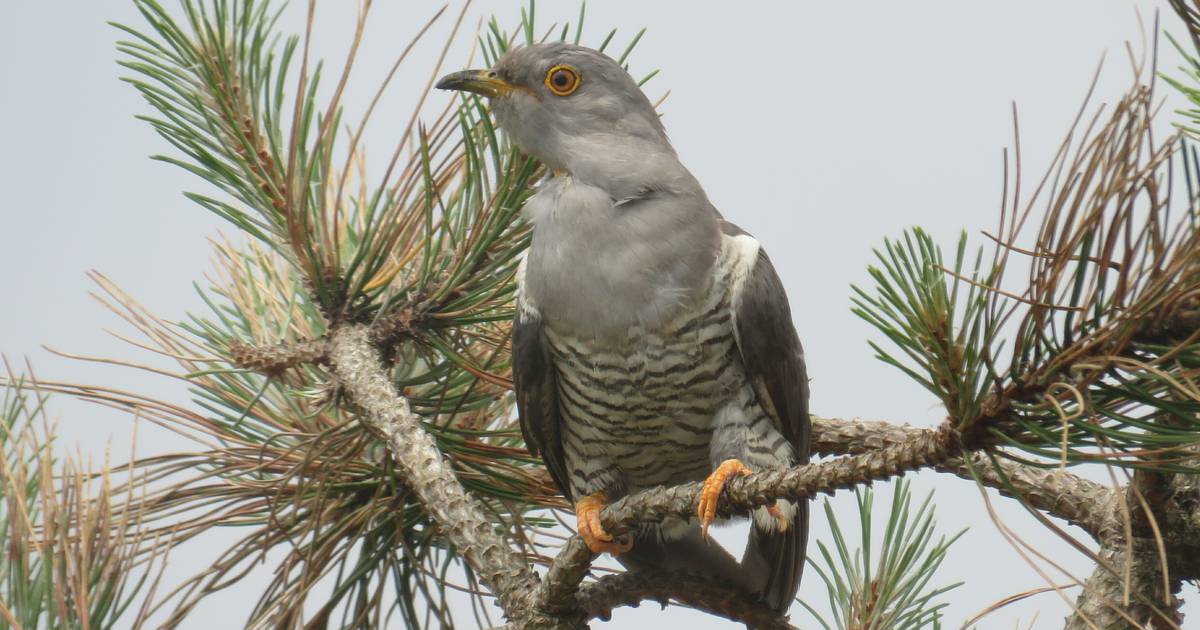
:quality(70)/cloudfront-eu-central-1.images.arcpublishing.com/irishtimes/SHQ2D5U3H5D7PGLVVW4EMI4UY4.jpg)
:quality(70)/cloudfront-eu-central-1.images.arcpublishing.com/irishtimes/CVGMD6Z2QVCTHDCSDLBQRB5MNU.jpg)
:quality(70)/cloudfront-eu-central-1.images.arcpublishing.com/irishtimes/MAE3CI2YORHFBA6VAGJIHZYCRU.jpg)
:quality(70)/cloudfront-eu-central-1.images.arcpublishing.com/irishtimes/VOYTKKNPEFD4FPIBNP2XZOTIYM.jpg)
:quality(70)/cloudfront-eu-central-1.images.arcpublishing.com/irishtimes/HNMV5FW7XVDURFQZHOGJTCS45U.jpg)
/cloudfront-ap-southeast-2.images.arcpublishing.com/nzme/4CDU7Q23X5CLVGHKZNGM7CBEKE.jpg)
/cloudfront-ap-southeast-2.images.arcpublishing.com/nzme/I4EDU6DABBGTVOZCFRTDCBUV7I.jpg)